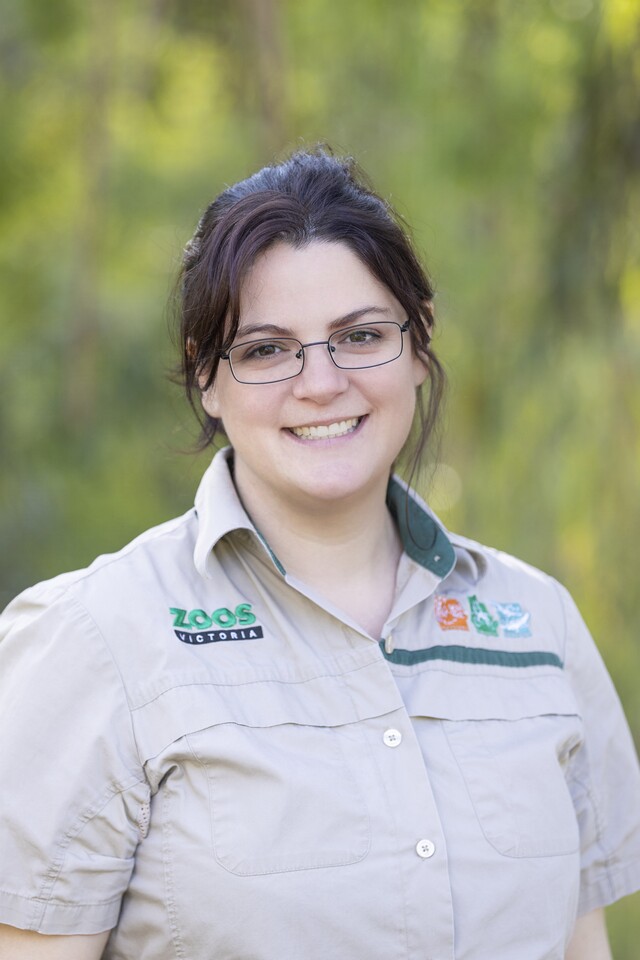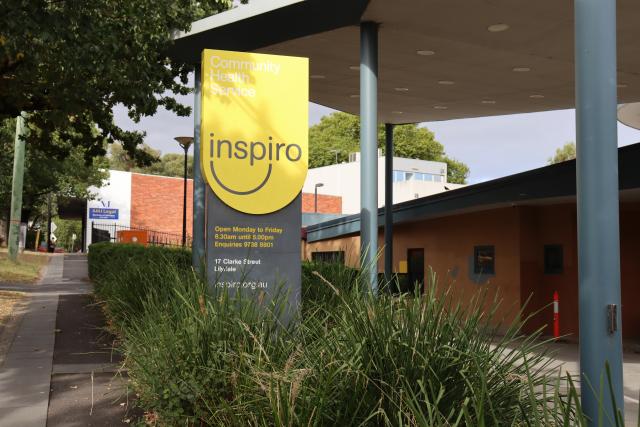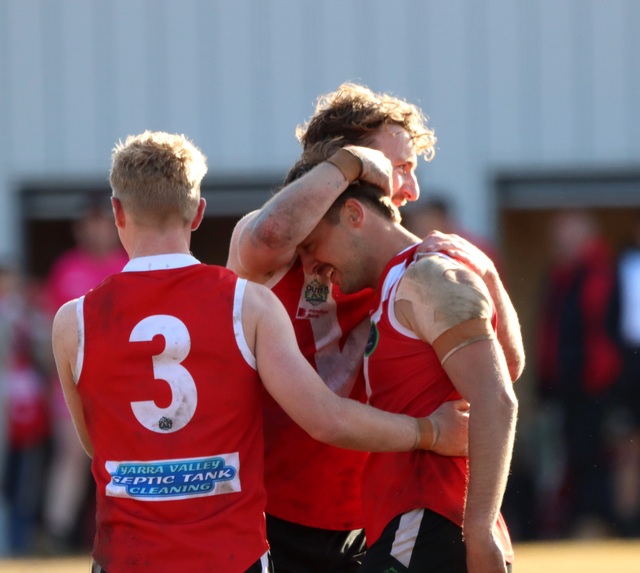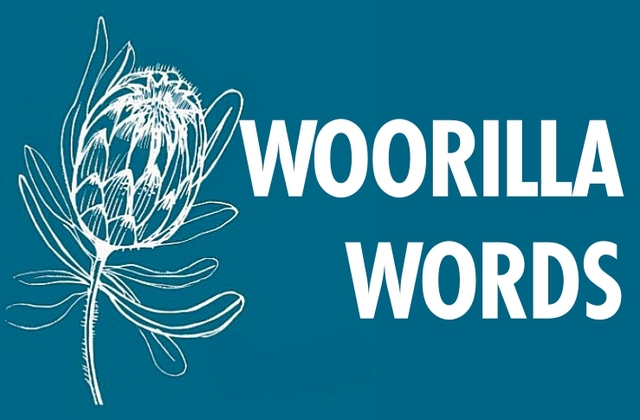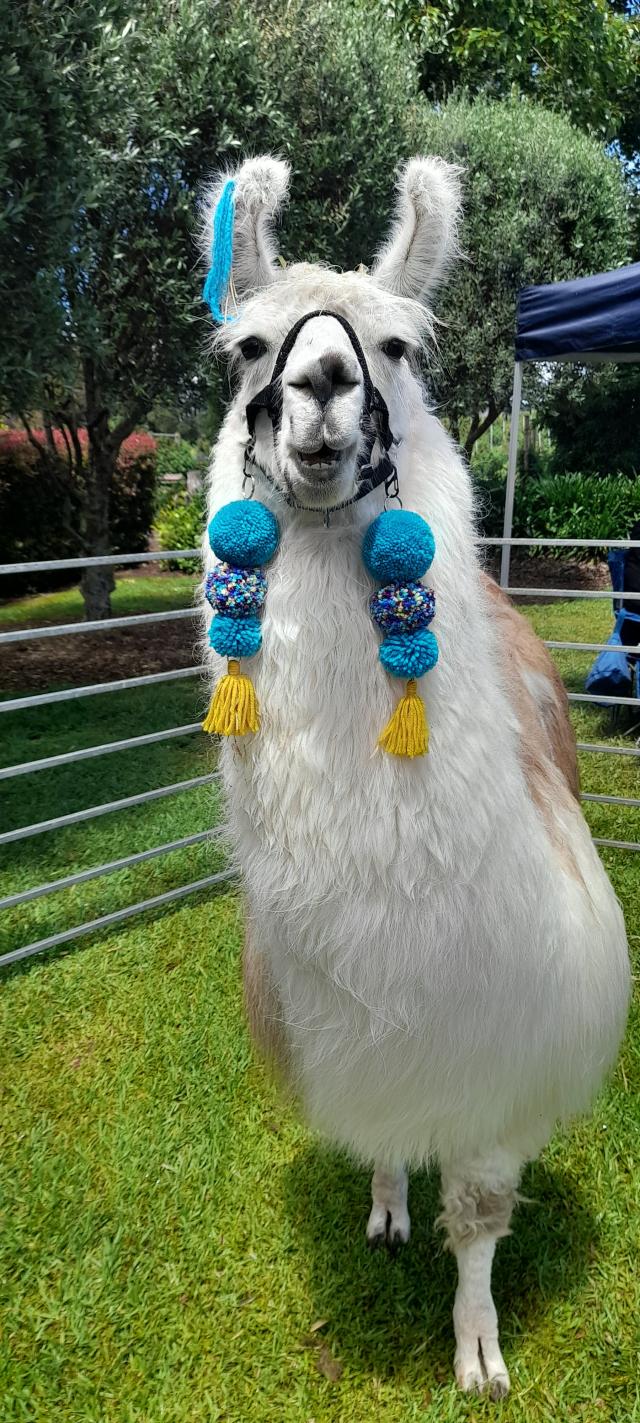World Veterinary Day is observed annually on the last Saturday of April and serves as an opportunity to recognise the vital contributions of veterinarians and the broader veterinary community in promoting animal health, welfare, and public safety.
In the lead-up to this year’s World Veterinary Day, which is scheduled on 26 April, Star Mail interviewed a veterinarian who works for the Australian Wildlife Health Centre in Healesville Sanctuary.
The vet team at the centre has three main roles; looking after wildlife patients, caring for the sanctuary animals, and working for the threatened species program.
Dr Chloe Steventon said the vet team members rotate the roles depending on the roster.
“We have three full-time vets every day. One covers the wildlife patients that come in from outside the sanctuary. We see around 2000 wildlife cases a year between birds, mammals, reptiles and frogs,” she said.
“Sometimes, I’m on the sanctuary round. I’m caring for the sanctuary animals that are here, and sometimes that’s dealing with emergencies that come up, and sometimes that is doing some preventative health care, making sure they stay healthy.
“We also do a lot of extensive work with the threatened species program, making sure those threatened species are healthy and well and helping out with research requests.
“Sometimes, I’m a procedures vet, doing the big surgeries. Rarely, we’re deployed outside of the sanctuary to help out with other welfare events.”
Although being a vet had always been her huge dream, Dr Steventon took some time to figure out what she wanted to do for her professional career, which she described as a “non-linear pathway”.
After graduating high school, she took a humanities course for a while, doing an arts degree specialising in history.
“I did visit the (Healesville) Sanctuary as a little girl and thought that this would just be a dream place to be. I didn’t even imagine I’d ever be here,” the vet said.
“ I was going to do it in a different pathway, and I just was unhappy, and I couldn’t figure out why.
“I finished the arts degree and thought I might as well try (for a veterinary degree).”
Dr Steventon started with a veterinary science degree at Charles Sturt University in New South Wales and then got into the double degree program, taking veterinary biology as well.
“I started looking after wildlife when I was still at university. I became a wildlife rescuer and rehabilitator, mostly because I wanted to handle birds and learn how to do that,” she said.
“Then, I suddenly saw wildlife everywhere and was so fascinated by it. I ended up being the person to investigate a big mass mortality, a huge amount of deaths in eastern grey kangaroos caused by plant toxicity, that we hadn’t seen before. That was a really exciting little venture into research as well as wildlife vetting.
After graduating from university, she worked in different places to gain practical experience as a vet.
“I went out into a country and I worked as a mixed practice vet, doing dogs and cats, but also cattle work and the very occasional horse,” Dr Steventon said.
“I, then, moved into small animal practice, doing dogs, cats, birds, reptiles, rabbits, and guinea pigs.”
Combining her research and vet experiences, Dr Steventon was eventually successful in joining the vet team at her “dream workplace” in 2019 as part of the residency program.
“I did (the inbuilt honours program at university), and was able to show my interest in research,” the vet said.
“The residency (program) is a joint initiative between Zoos Victoria and the University of Melbourne, and (applicants need to) show not only their clinical skills but also their research skills.
“I did a two-year residency, both working as a clinical vet but also investigating some health research in Leadbeater’s possum.”
In light of her experience, Dr Steventon thinks it is important to love people as much as they love animals to be a vet.
“There’s not one animal that comes in without a person attached to it. There’s always an owner of your pet, someone who wants to adopt the stray, a zookeeper, a wildlife carer or a member of the public who’s really invested,” she said.
“We saw a butterfly recently, which is unusual for us, but the person, who gave it in, was very emotionally attached. So just being aware that, we need to make sure that we have really good people skills.
“In a setting like this, you’re never an individual. You’re always working in a big team of people, and you’re always leaning on each other’s specialties and interests.”

